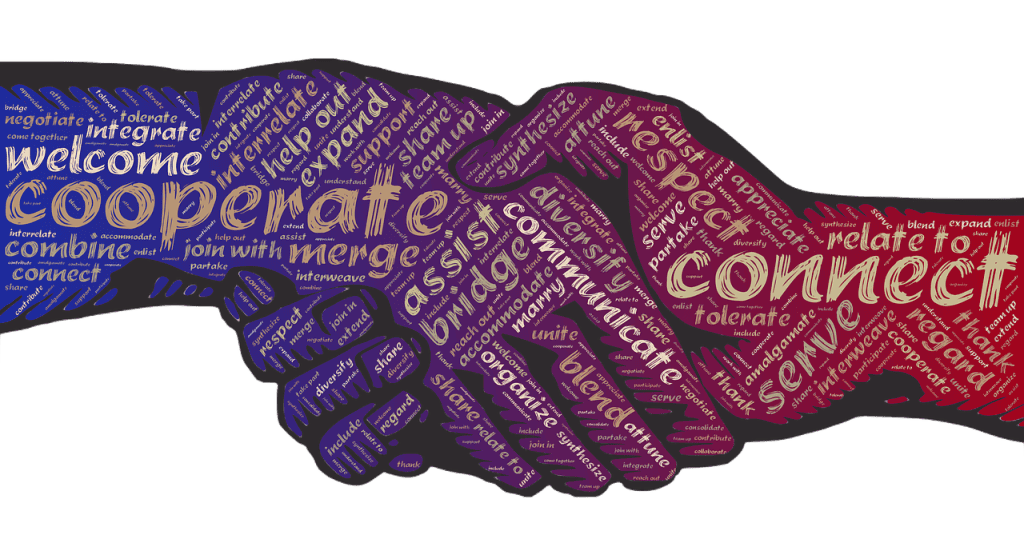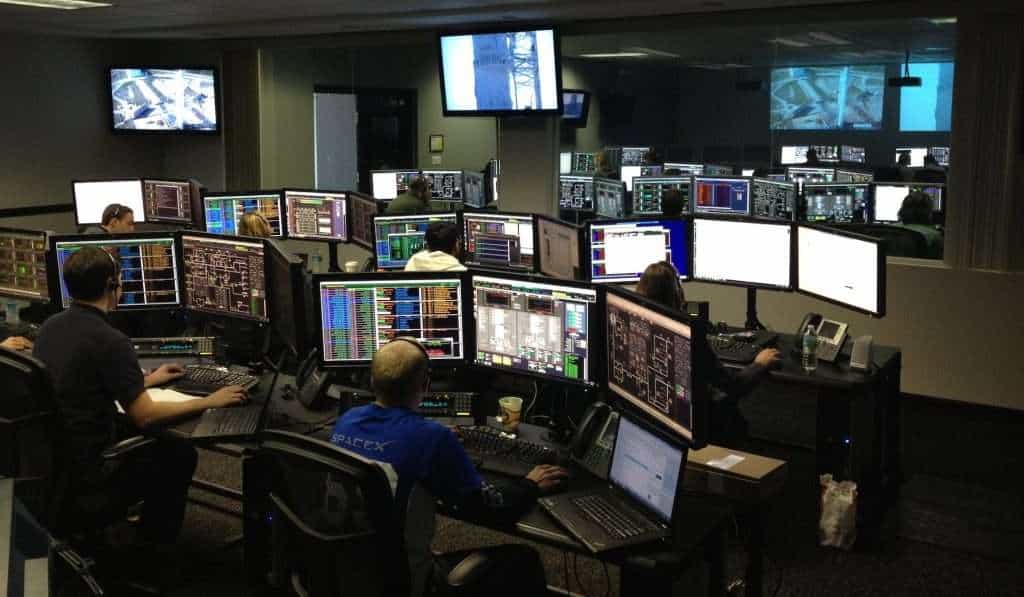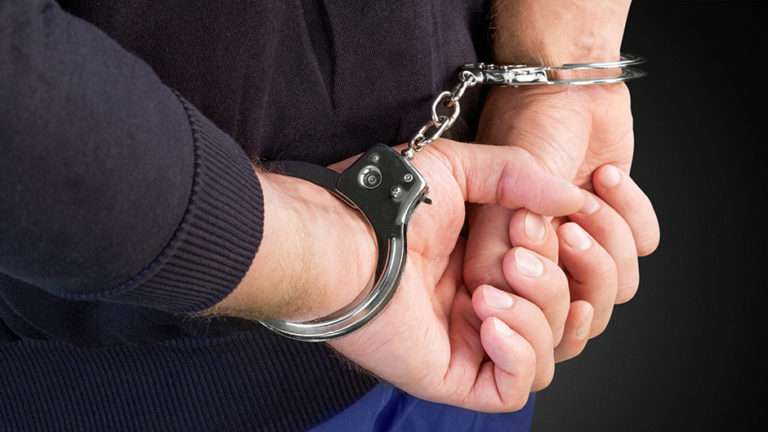Effective Communication For Security Guards
Introduction
In the world of security, effective communication isn't just a bonus – it's a game-changer.
This blog post is your guide to understanding why communication skills are a must-have for security guards.
We'll break down how good communication helps in building trust, resolving conflicts, handling emergencies, and even adapting to new technologies.
Think of it as your go-to manual for turning security guards into effective communicators, ensuring safety and success on the job.
Beyond the traditional image of stoic security guards, the ability to communicate dynamically enhances every aspect of their responsibilities.
From sharing critical information and cultivating trust to navigating conflicts and emergencies, communication emerges as the unsung hero of the security realm.
Join us on this journey to unveil why communication is the backbone of security guards' prowess – from sharing crucial information and establishing trust to handling conflicts and managing emergencies.
You'll gain practical insights into effective communication strategies, discover the influence of body language, and explore real-life stories where communication became the hero of the day.
Additionally, we'll provide a glimpse into how technology is reshaping the security landscape. Get ready to elevate your security game with the language of safety!
The Role of Effective Communication For Security Guards
So, what do security guards do? It's a mix of keeping an eye out for trouble, controlling who gets in and out, doing rounds to stay ahead of potential issues, being ready for emergencies, and making sure everyone feels safe.
Now, here's where communication steps in like a superhero sidekick, making sure everyone's on the same page and everything runs like clockwork.
Think of communication as the magic wand that transforms these tasks. From reporting suspicious activities to guiding people through security procedures, effective communication is the glue that holds it all together.
Whether it's a routine patrol or a response to an emergency, clear and quick communication makes every action more impactful.
Even the everyday friendly chat contributes to a positive atmosphere, making security feel like a natural part of the environment.
Now, let's talk about the real-life situations where communication skills shine.
When tensions rise, guards use communication to cool things down without compromising safety. In emergencies, everyone needs to know what to do, and clear communication ensures a smooth evacuation.
Interacting with different people – clients, employees, visitors – requires adapting communication styles. Lastly, when reporting incidents, the ability to communicate details accurately becomes a superpower, helping improve security for the future.
Building Trust and Rapport

Effective communication is the secret sauce to forging strong connections.
When security guards communicate, whether it's explaining safety procedures or addressing concerns, it builds confidence among clients, employees, and visitors.
Regular and transparent communication fosters an open atmosphere, showing that the security team is not just present but approachable.
Examples could range from explaining access control measures to a new employee, reassuring a worried visitor during an event, or providing clear information during an emergency.
In each scenario, the ability to convey information in a friendly and reassuring manner goes a long way in building trust and establishing rapport.
Trust is not just a nice-to-have; it's crucial in various scenarios.
For instance, in a corporate setting, employees need to trust that security measures are in place for their well-being.
During large events, visitors must feel assured that security is present and approachable. In emergencies, quick and clear communication builds trust in the security team's ability to handle crises.
Without trust, security measures may be met with scepticism or resistance, compromising overall safety.
Trust is the invisible force that contributes significantly to a safe and secure environment.
When people trust their security team, they are more likely to comply with safety protocols, report suspicious activities, and feel confident that their well-being is a top priority.
In environments where trust is established, individuals are more likely to cooperate during emergencies, follow evacuation procedures, and contribute to an overall sense of security.
Trust acts as a proactive force, preventing potential issues through collaboration and shared responsibility, making the security-guarded space not just secure but genuinely safe.
Verbal and Non-Verbal Communication
Verbal communication involves the use of spoken or written words to convey a message.
In the security context, clear and concise verbal communication is crucial for transmitting instructions, sharing information about potential threats, and providing updates during emergencies.
On the other hand, non-verbal communication encompasses gestures, body language, facial expressions, and other cues that convey messages without words.
Security guards often rely on both forms of communication to ensure a comprehensive and nuanced approach to their responsibilities.
Clear and concise verbal communication is the linchpin in ensuring that information is accurately relayed and understood.
In security scenarios, ambiguity or misunderstanding can lead to serious consequences.
Whether it's directing individuals during an evacuation, communicating with team members about a potential security breach, or giving instructions to visitors, the ability to articulate messages is paramount.
Precision in verbal communication not only enhances efficiency but also minimizes the risk of misinterpretation, contributing to a more secure environment.
While words carry weight, the impact of non-verbal cues should not be underestimated.
Body language, facial expressions, and gestures can communicate emotions, intentions, and the overall demeanour of a security professional.
A confidently held stance may deter potential trouble, while approachable gestures can ease interactions during routine tasks.
Conversely, misinterpreted non-verbal signals can lead to misunderstandings or escalate tensions.
Training security guards to be mindful of their non-verbal cues and adept at reading those of others is crucial for effective communication in a security context.
Conflict Resolution

Security guards often find themselves in diverse conflict scenarios, ranging from interpersonal disputes among employees to disagreements between visitors at public events.
Tensions can escalate during access control procedures, when enforcing security policies, or when responding to incidents.
Recognizing the potential flashpoints is the first step in effective conflict resolution.
By understanding the dynamics of these situations, security guards can proactively address and diffuse conflicts before they escalate.
Effective communication skills are the cornerstone of de-escalating conflicts.
Security guards trained in active listening, empathy, and tactful communication can defuse tension by addressing concerns, providing clear information, and offering viable solutions.
Verbal communication becomes a powerful tool in redirecting negative energy, guiding individuals toward understanding, and ultimately preventing a conflict from spiralling out of control.
Timely intervention, coupled with the ability to communicate assertively yet respectfully, ensures that potential conflicts are nipped in the bud, contributing to a safer environment.
Beyond communication, security guards can employ a range of strategies and techniques to resolve conflicts peacefully.
Implementing effective mediation involves facilitating a conversation where parties express their concerns and work toward a mutual resolution.
Establishing clear and fair security policies, consistently enforced, helps prevent conflicts from arising.
When conflicts do occur, providing alternative solutions and compromises fosters a sense of cooperation.
Additionally, ongoing training in conflict resolution equips security guards with the tools and mindset necessary to navigate disputes effectively, promoting a culture of harmony and safety.
Emergency Response and Communication

During emergencies, communication stands as the backbone of a coordinated response.
Security guards play a central role in conveying critical information, be it the nature of the emergency, evacuation procedures, or the location of individuals needing assistance.
Clear and timely communication ensures that everyone is on the same page, enabling a unified effort to address the situation.
Whether it's a medical emergency, fire, or other crisis, the ability to convey information accurately and rapidly is paramount for the safety of all occupants.
Collaboration with emergency services and response teams is a hallmark of effective emergency management.
Security guards must be adept at efficiently communicating essential details to these external entities.
This includes providing concise information about the nature and scope of the emergency, the current status of individuals involved, and any specific requirements for their assistance.
Understanding and using the appropriate communication channels, such as emergency hotlines or radio frequencies, ensures a seamless connection between on-site security and external responders, facilitating a more efficient and coordinated response.
Maintaining composure is not just a personal trait; it is a critical factor in effective emergency response.
Security guards, as frontline responders, must remain calm and collected, even in the face of high-stress situations.
This composure is contagious and sets the tone for those around them.
Clear thinking and steady communication become even more vital during crises, as panic can hinder both response efforts and the ability to convey necessary information.
By exemplifying composure, security guards contribute to a cohesive and organized emergency response, ensuring that communication remains a beacon of stability amidst chaos.
Training and Development
Numerous training programs cater specifically to security guards, offering modules focused on honing communication skills.
These programs often cover a spectrum of topics, including active listening, conflict resolution through communication, and effective verbal and non-verbal communication techniques.
Simulated scenarios and role-playing exercises are commonly integrated to provide practical experience.
Such programs not only elevate the communication skills of security guards but also empower them with the confidence to handle diverse situations.
Beyond formal training, security guards can actively engage in self-improvement to enhance their communication skills.
Simple yet powerful tips include practising active listening during daily interactions, consciously working on articulating thoughts clearly and concisely and seeking feedback from colleagues or supervisors.
Reading about communication strategies and staying informed about industry best practices also contribute to continuous improvement.
Additionally, cultivating awareness of one's communication style and being open to adapting it based on different scenarios is a valuable aspect of self-improvement.
The benefits of ongoing communication training are manifold. Regular training sessions keep security guards updated on the latest communication technologies, strategies, and industry trends.
This adaptability is crucial in a field where situations can evolve rapidly.
Ongoing training also serves as a platform for security professionals to share experiences, learn from real-life case studies, and collaboratively problem-solve.
Moreover, continuous learning fosters a culture of professionalism, instilling a sense of pride and commitment among security guards, ultimately contributing to a safer and more secure environment.
Real-Life Examples
One compelling real-life example showcases a security guard who, through effective communication, prevented a potential theft at a retail store.
By approaching a suspicious individual calmly and engaging in a conversation, the guard not only gathered crucial information about the person's intentions but also dissuaded them from committing the theft.
In another instance, during a large public event, a security team used clear communication to manage the crowd efficiently, preventing overcrowding and ensuring a safe environment for attendees.
These stories highlight the varied contexts where effective communication can avert potential risks and contribute to the overall security posture.
In a high-stress scenario where a fire alarm was triggered in a crowded office building, a security guard efficiently used communication skills to guide employees and visitors to the nearest exits.
By remaining calm and providing clear instructions, the guard not only facilitated a swift evacuation but also reassured individuals, preventing panic.
Another example involves a security guard successfully resolving a conflict between two employees by actively listening to their concerns, mediating a discussion, and finding a mutually agreeable solution.
These instances illustrate how security guards, armed with effective communication skills, become instrumental in diffusing tensions, guiding people to safety, and ensuring the smooth operation of day-to-day activities.
Technology and Communication

Technology has revolutionized communication in the security industry, enabling faster, more reliable, and real-time information exchange.
The advent of digital communication platforms, such as two-way radios, smartphones, and messaging apps, has streamlined internal communication among security teams.
Additionally, the integration of surveillance systems with advanced communication features allows security personnel to monitor and respond to incidents swiftly.
Technology has not only enhanced the speed of communication but also improved its accuracy, contributing to more effective decision-making in the dynamic field of security.
Several tools and devices have become integral to modern security communication.
Two-way radios, equipped with features like push-to-talk functionality, offer instant communication capabilities for security teams. Mobile applications facilitate communication on the go, enabling security guards to stay connected and access vital information from their smartphones.
Closed-circuit television (CCTV) systems, integrated with communication interfaces, provide a visual component to communication, allowing for better situational awareness.
Moreover, emergency notification systems and mass communication platforms ensure that critical information can be disseminated rapidly to all relevant parties during crises.
Adapting to technological advancements is not just a preference; it is a necessity for staying ahead in the security landscape.
Security professionals who embrace the latest communication technologies are better equipped to handle the evolving nature of threats and challenges.
Training programs that incorporate technological tools ensure that security teams are proficient in their use.
Furthermore, integrating new technologies into security strategies enhances overall efficiency, response times, and the ability to proactively address emerging risks.
By keeping pace with technological advancements, security professionals ensure that their communication capabilities remain robust, fostering a safer and more secure environment.
Conclusion
In the ever-evolving landscape of security, effective communication stands as the linchpin for success.
Throughout this guide, we've unravelled the transformative role communication plays in the realm of security guarding.
From building trust and resolving conflicts to navigating emergencies and adapting to technological advancements, communication emerges as the unsung hero, enhancing every facet of a security guard's responsibilities.
As we conclude this exploration, it's crucial to reiterate the profound impact communication skills have on a security professional's effectiveness.
Beyond the stoic image, security guards equipped with adept communication abilities become dynamic problem-solvers, fostering trust, diffusing conflicts, and orchestrating efficient emergency responses.
Whether verbalizing critical information, utilizing non-verbal cues, or leveraging technology, effective communication is the catalyst for a safer and more secure environment.
To readers, we extend the encouragement to actively invest in refining their communication skills, recognizing it as not just a career enhancement but a commitment to ensuring safety and success in the crucial role of safeguarding.
Additional Resources
For those eager to delve deeper into the art of communication in security, additional resources await.
Explore books, courses, and websites to further develop your communication skills and contribute to a safer and more secure environment.
EFFECTIVE COMMUNICATION SKILLS FOR SECURITY GUARDS
SECTION 9: EFFECTIVE COMMUNICATIONS
Remember, as you embark on the journey of refining your communication skills, you're not just becoming a better security professional; you're becoming a guardian of safety and security in every space you protect.
Last Updated on Dec 9, 2024





